Running is a popular form of cardio exercise for beginners. After all, it’s just one foot in front of the other. Despite its popularity (and seemingly endless information about training and gear), getting started can still feel daunting. If you’re a complete beginner wondering how to start running, this is your ultimate guide.
I spoke with marathoner and running coach Alysha Flynn at What Runs You to get the most actionable advice for new runners. I am also a certified personal trainer, runner, and triathlete. Together, Flynn and I will cover:
- Running form essentials
- Types of runs
- Running gear
- Running safety
- Benefits of running
- A 4-week plan to get started
Most importantly, we tell it to you straight: In this guide, you’ll learn what you don’t need to worry about or buy as a beginner—just the things that matter for starting off on the right foot.
Proper Running Form
Running technique varies from athlete to athlete, even among the pros. While there are some foundational concepts to follow, everyone is an individual with different anatomy and gait, which ultimately influences what is comfortable for the runner. Still, it’s important to master the basics, as research tells us1 that technique heavily influences running economy and performance.
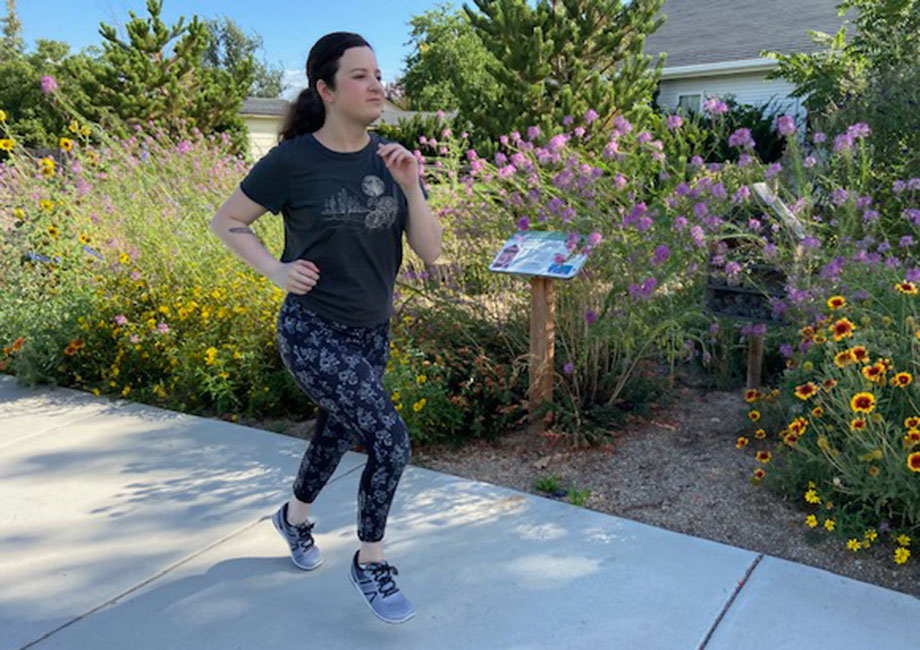
Working with a running coach is the best way to learn good running form for beginners. However, you can implement some basics on your own as you get started:
- Don’t tense up your shoulders. Keep them relaxed.
- Maintain upright posture and a strong spine. Don’t allow your upper back to hunch over or your lower back to arch. Think “run tall.”
- Keep your core tight and loosely braced.
- Allow your arms to swing naturally. Don’t keep your elbows pinned to your sides or purposely overdo the arm swing.
- Avoid overpronation (landing on the arch of your foot) and supination (landing on the outside of your foot). Try to land each stride with a neutral foot position.
Types of Running
Some people will tell you: “Running is running.” Honestly, that’s both true and untrue. Running can be as simple or as complex as you want. All runners run, sure, but there are a number of factors to consider regarding training methods, training volume, necessary gear, and nutrition.
Road Running
Road running is what many beginner runners start with. After all, you can step out of your front door and run along a road! Road running is beginner–friendly because it is the most accessible form of running—you don’t need a treadmill or gym membership—and pavement is a great place to learn proper running form and establish baseline fitness (provided you can find a relatively flat stretch of road).
Treadmill Running
Treadmill running is an excellent option for those who do not have access to safe road conditions or trails. It’s also nice to have access to a treadmill so that you can keep up with your training plan in the event of bad weather or otherwise poor conditions for outdoor running. Running on a treadmill also helps you maintain your pace without having to monitor a fitness watch or app.
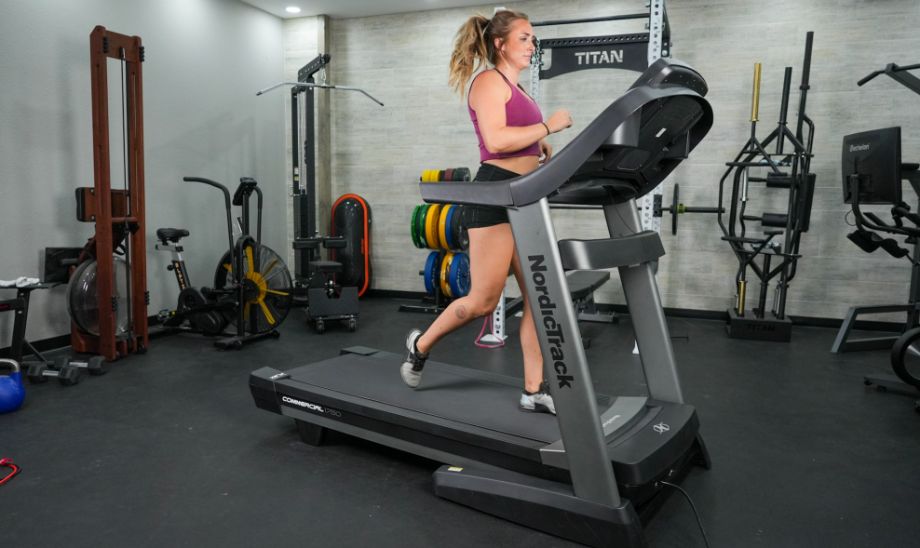
RELATED: How To Make Treadmill Running Fun
Trail Running
Trail running is popular with outdoor enthusiasts. It’s common for road runners to start trail running later in their journeys; it’s also popular with hikers who want to try a higher-intensity sport. Trails can range from front-country, well-maintained, and relatively flat to backcountry wilderness trails with substantial elevation gain. Trail running requires different and additional gear and precautions, especially for areas where there’s no cell service and significant exposure to wildlife.
Short-Distance Running
According to USA Track and Field (USATF), short-distance running includes any event less than one mile in length. Training for short-distance running involves heavy prioritization of training for power, explosiveness, and speed. Short-distance runners are capable of outputting a lot of force for shorter periods. That said, endurance athletes often have different definitions of what constitutes a “short run.”
Long-Distance Running
Among endurance athletes, long-distance running is typically defined as 10 kilometers (6.2 miles) and up. However, in track and field, any distance longer than one mile is considered long-distance as standardized by USATF. The technical definitions don’t matter much if you’re a recreational runner. In any case, endurance athletes prioritize long, low-intensity training to prepare their bodies to keep moving over long periods of time.
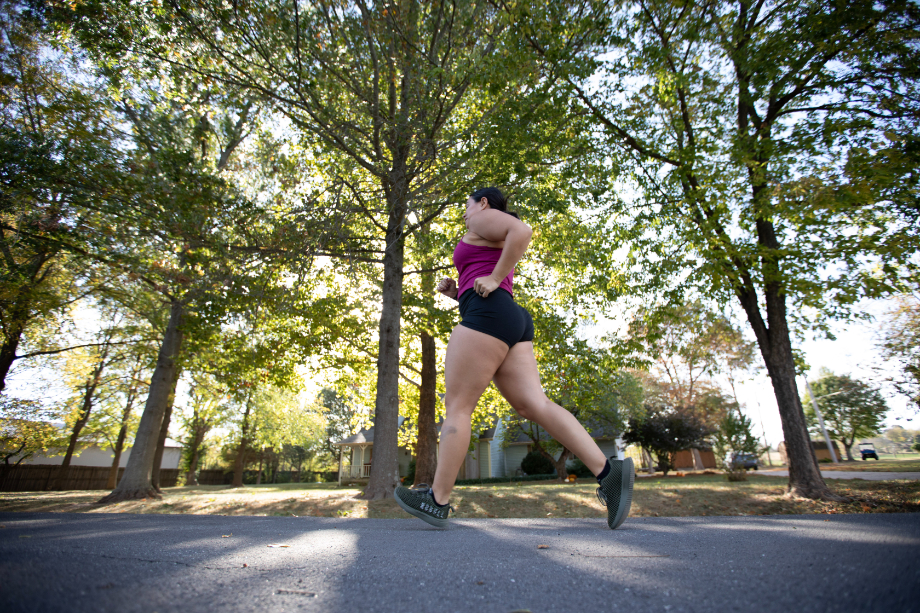
RELATED: Half-Marathon Training Plans (6-Month and 12-Week Options)
Ultra-Running
Ultra-running generally refers to running distances longer than a marathon. It doesn’t mean that every run you do has to be longer than a marathon—more so that the runner trains for ultramarathons, which typically start at 50 kilometers (31 miles) and go up from there. Ultra-running requires hours and hours of low-intensity training to build up aerobic endurance.
Running Gear
Running is one of the most accessible forms of exercise, which is one big reason I love it from a fitness professional’s perspective. All you truly need is a pair of good shoes, comfortable clothes, and a route to follow. Here’s a look at the essential gear new runners should invest in, plus optional extra gear.
Running Shoes
Running coach Alysha Flynn suggests high-quality, properly fitted shoes for a better running experience, noting, “Properly fitted shoes also lower your risk of injuries, inflammation, and pain.” You can get fitted for shoes at a run-specialty store with a trained expert.
“For new runners, it can be beneficial to have at least two pairs of daily trainers to log your miles,” she adds. “Two pairs will create a little more variation in your running gait as well as the muscles being activated, which can help you avoid some repetitive strain.”
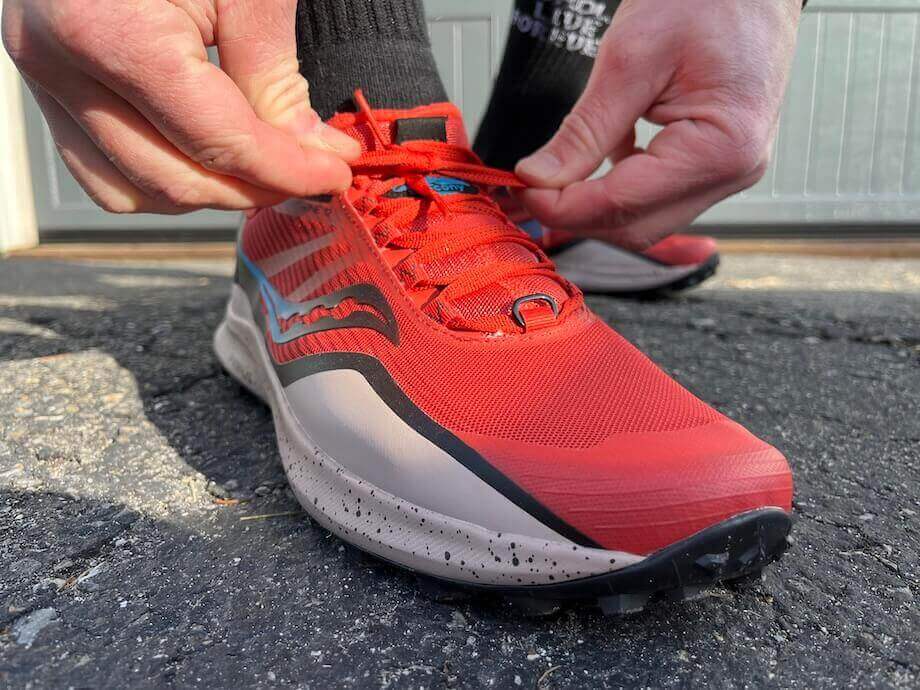
The best pair of shoes for an individual depends entirely on foot shape, gait, and terrain. That’s why Alysha recommends getting a professional fitting at a running store and learning how to choose running shoes based on your body.
To start learning more about the different types of running shoes available, you can read about what our product testers had to say after running in dozens of the most popular pairs:
- Best Running Shoes for Beginners
- Best Stability Running Shoes
- Best Long-Distance Running Shoes
- Best Running Shoes for High Arches
- Best Treadmill Running Shoes
- Best Trail Running Shoes
- Best Running Shoes Overall
Running Apparel and Accessories
Comfortable—and ideally moisture-wicking—clothes are another essential part of running. Depending on where you live, your running get-up may change drastically as the seasons do.
“Take your time investing in gear because it can be expensive, but worth it. Invest as the seasons and conditions change,” rather than all at once, Alysha says. “Years ago, I invested in a high-quality running raincoat that I use in very specific conditions. When those conditions arise a couple times a year, I’m so thankful to have it.”
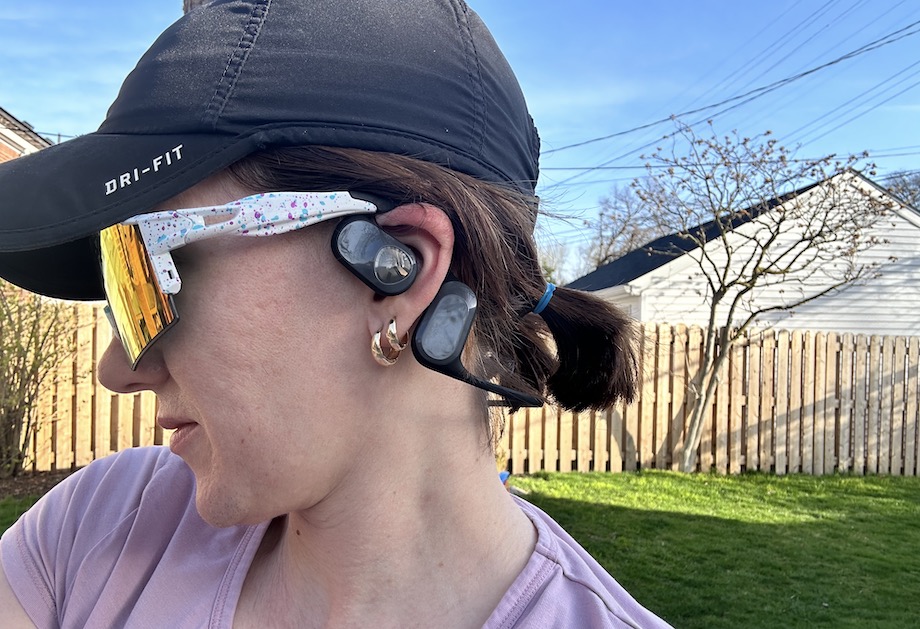
Here are some guides to our team’s favorite running apparel and accessories:
- Best Running Leggings
- Best Running Vests for Cold Weather
- Best Sports Bras for Running
- Best Running Hats
- Best Running Headbands
- Best Running Headphones
Storage for Water and Personal Items
Starting a running program, you likely won’t need a lot of carrying capacity (for items like running fuel and water) when running for an hour or less at low-to-moderate intensities. You’ll perform fine if you eat a sufficient meal or snack before heading out and rehydrate and refuel when you return.
Then, once you begin running longer distances or implementing higher-intensity sessions, you’ll want to carry extra calories for energy support, along with fluids and electrolytes for hydration. As you increase your mileage and intensity, you may want to consider a hydration vest, running backpack, and/or running gels.
In the short term, a simple running belt will suffice for holding your phone and keys. A handheld running water bottle can also supply a small amount of water for shorter sessions.
Apps and Trackers
If you’re interested in your running stats, such as your time, pace, distance, and heart rate, you’ll need some method of tracking them. You can track simple metrics, including pace and distance, with a free app like Strava. For more in-depth running statistics, you can benefit from a fitness tracker or heart rate monitor. These devices certainly aren’t necessary, but can provide valuable insights into your training, such as what heart rate zones you are experiencing while running.
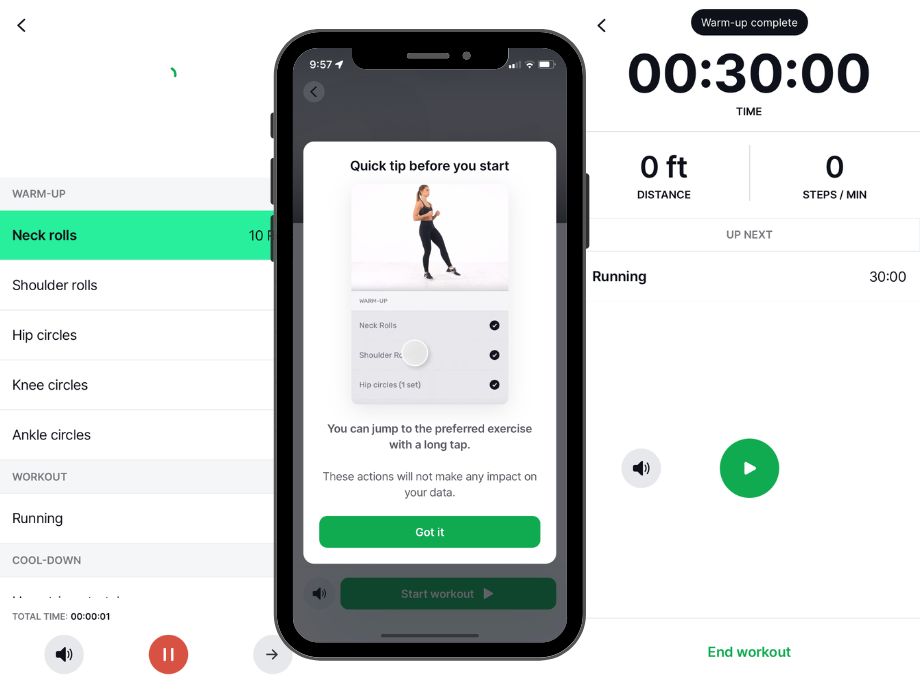
If you want to track your metrics, you can learn more about your options in our on-the-ground tested guides:
Safety Gear for Running
Finally, it’s important to consider safety gear—such as reflective components if you plan to run outdoors in low-light conditions, such as early morning or in the evening after work. Reflective running gear goes a long way in keeping you safe from automobiles and bicyclists.
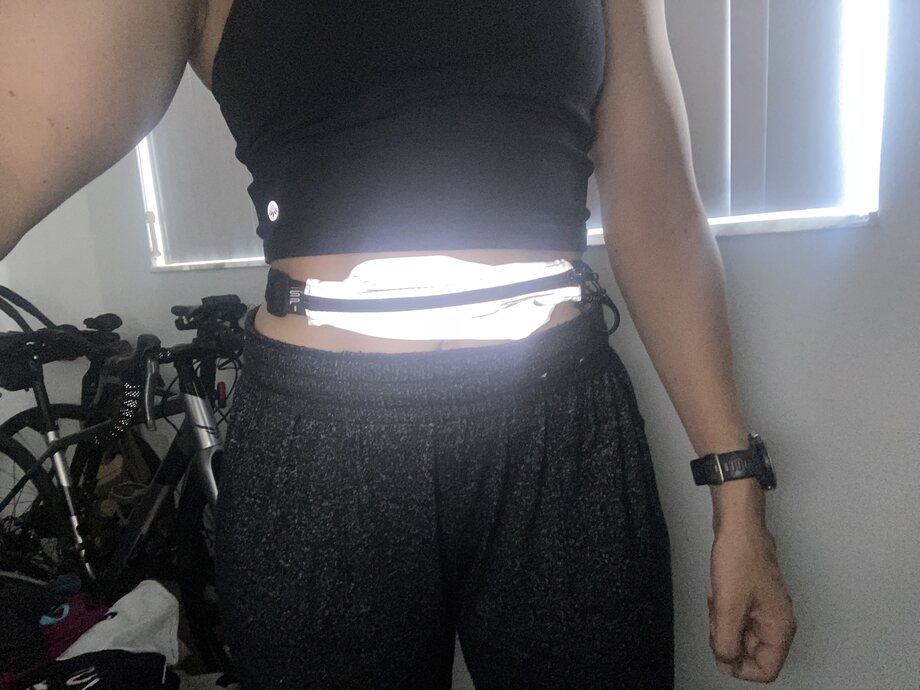
Other things you can do to keep yourself safe include:
- Run with a partner or group, like your local running club
- Run along popular, heavily trafficked routes
- Plan your route in advance and send it to a friend or family member
- Share your phone location with a trusted person
- Don’t leave your phone at home
- Run where you’ll have cell service, or carry a satellite communication device
- Run in areas that are familiar to you, so you don’t risk getting lost
RELATED: Tips For Proper Running Etiquette
Benefits of Running
Many benefits of running are well-known. Most people, even those who don’t currently exercise, probably know that running improves heart health2 and builds strong lungs. Likewise, you may already know that running improves endurance3 and can help you lose weight by increasing your energy expenditure4. However, there are several other benefits of running that you may not know. Here’s a look at some that may surprise you!
May Increase Your Lifespan
Running can quite literally add years to your life. In 2018, researchers published a meta-analysis in the British Journal of Sports Medicine5 that states that runners have a 27% decreased risk of all-cause mortality—meaning death from any cause—and a 23% decreased risk of death from cardiovascular causes compared to people who don’t run.
Additionally, in a 2017 paper in Progress in Cardiovascular Diseases6, researchers concluded that “Running may be the most cost-effective lifestyle medicine” and that “runners have a 25% to 40% reduced risk of premature mortality and live approximately three years longer than non-runners.”
Perhaps more importantly, running doesn’t just increase lifespance. It increases healthspan. Case in point: In 2018, researchers at Ball University7 found that 75-year-old individuals who exercised regularly over their life had similar metabolic and cardiovascular health markers to 40-year-old inactive individuals.
It’s true after all: Exercise keeps you young8.
Can Help You Sleep Better
There’s a lot of debate out there about whether or not exercise helps you sleep. I, for one, have never had a problem sleeping the day away on the couch after a Saturday morning long run!
Science is on your side if you’re looking to improve sleep quality and quantity. In 2014, authors of a research paper in the American Journal of Lifestyle Medicine9 posited a bidirectional relationship between sleep and exercise: Not only can regular exercise help you catch some z’s, but poor sleep is linked to a lack of physical activity.
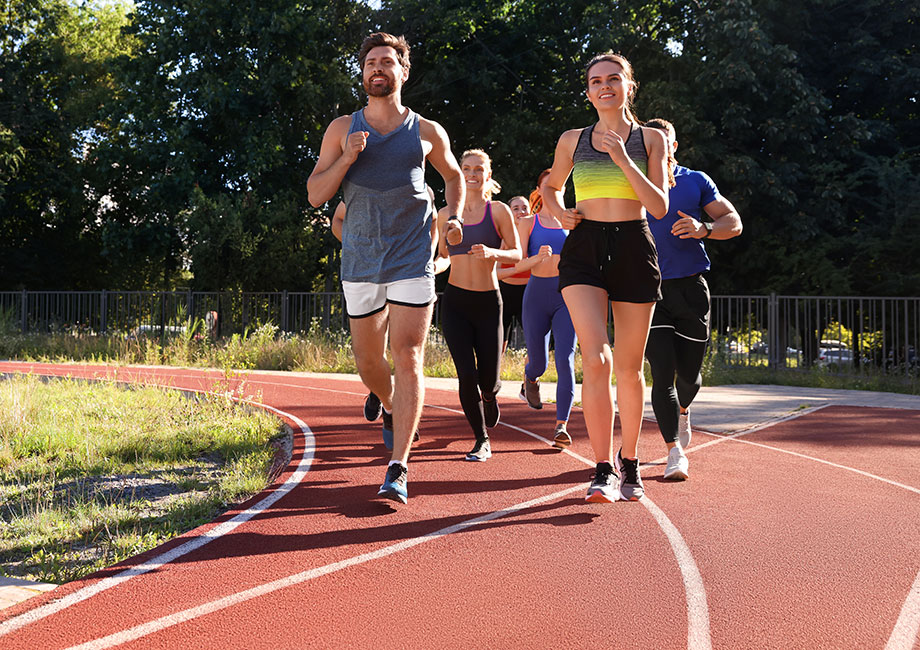
Additionally, a 2018 meta-analysis10 in the journal Sports Medicine concluded that exercise can improve sleep, even if you do it in the evening. One caveat: Don’t attempt to do a high-intensity interval run less than an hour before bed. As the researchers state, that could rev you up and make it hard to fall asleep.
Can Help Strengthen Your Knees
Despite the popular and persistent belief that running is bad for your knees, scientific research suggests the opposite. One 2018 survey11 of nearly 700 runners found that runners have healthier, stronger knees than non-runners. Not only did the research show that runners have a lower incidence of knee arthritis, but that marathon runners with arthritis can return to running after knee arthroplasty (a procedure that resurfaces the knee joint after arthritis damage).
And, I have good news for new runners: A small 2020 study12 on novice runners found that marathon training and racing improved markers of knee health and strength, with those improvements sustained for six months post-marathon.
Helps Improve Memory, Focus, and Cognitive Ability
Do you often feel like there’s a fog hovering around your brain? Or perhaps you frequently forget what you were about to do or where you left your phone or keys. Maybe you struggle to focus on extended tasks at work. While memory problems may be indicative of a bigger issue, there’s a possibility that implementing exercise into your day can help improve your ability to think and focus.
A high level of cardiorespiratory fitness (the kind you gain from running) is associated with greater brain matter, including gray matter, according to 2020 research in Mayo Clinic Proceedings13.
A 2017 meta-analysis in the European Journal of Neuroscience14 found that exercise increases concentrations of brain-derived neurotrophic factor (BDNF), a protein involved in learning and memory. Researchers think it may be largely responsible for the mood-boosting and cognitive-boosting properties of regular exercise.
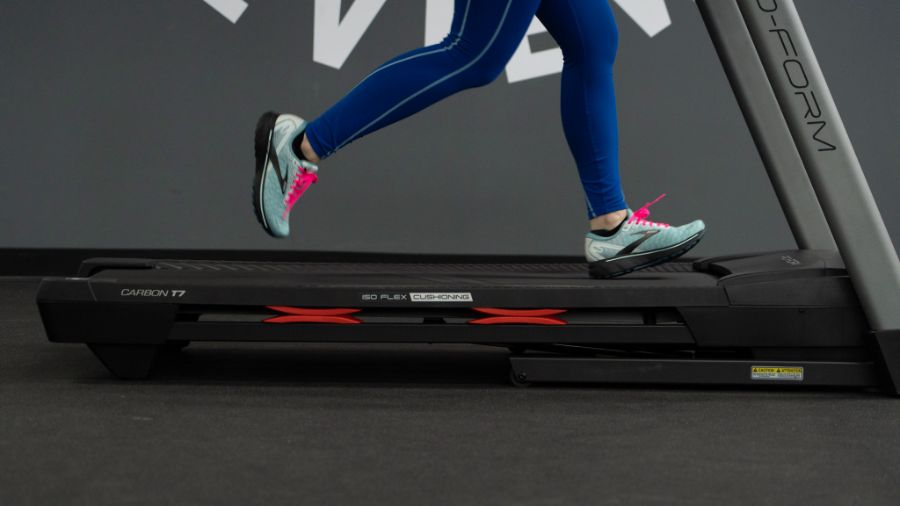
I have even more good news for you: All this remains true even if you don’t start running until middle age or later. According to 2016 research in Neurobiology of Disease15, beginning to exercise later in life can still help prevent cognitive decline.
Beginner Running Plan
Did all of those benefits convince you to start a running routine? Running is awesome, so I’m not surprised. Below, you’ll find a beginner-friendly, four-week plan to get going.
Types of Running
Easy Run
Easy runs are exactly that: easy. You may also hear the term recovery run, which also refers to running at an easier pace. This type of run helps your body recover from hard training sessions.
Interval Run
Interval runs involve alternating periods of rest or easy efforts with challenging efforts. It’s a broad term that encompasses many different training formats.
RELATED: Treadmill Interval Training Workouts
Fartlek Run
A Fartlek run is a type of interval run where the athlete controls the intervals. For example, you can decide during your run that you’ll run hard to the next mailbox and then “easy run” to the big tree on the corner. Fartlek running can make interval work feel much more bearable (and it’s fun to say).
Threshold Run
As a beginner, you probably won’t need to worry about threshold runs. This type of training involves hard efforts that raise the ceiling on your lactate threshold or the level of effort where you reach fatigue. Most coaches don’t program threshold runs for new runners until they have consistently built up easy miles over several weeks.
Tempo Run
A tempo run is a type of threshold run. It involves running just below your threshold pace for an extended period, usually 20 to 60 minutes. Again, as a beginner, you don’t need to do these until you’ve built a solid aerobic base.
Long Run
Long runs are your longest run of the week with a focus on endurance. You should aim to complete them at a pace that still allows you to hold a conversation.
RELATED: Tips For Running Long Distance
Progression Run
During this type of run, you’ll start at an easy pace and increase your effort over the course of the run, ultimately ending with a challenging speed. Progressive runs are excellent for building an understanding of smart pacing.
Time Trial
A time trial is a test of your fitness. Many running plans begin with time trials, among other fitness tests, to establish baseline fitness for programming. It’s hard to know what to do without having information to start from.
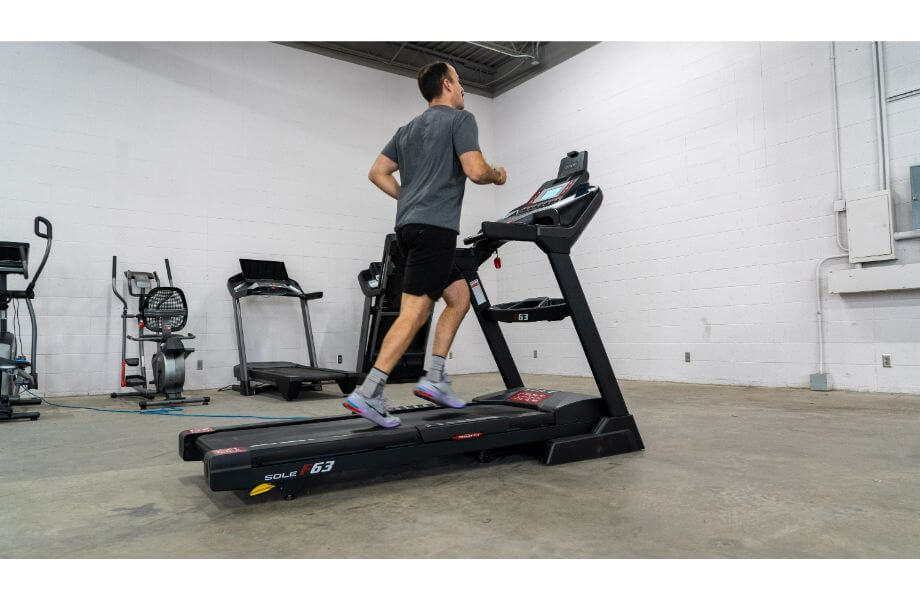
Sample 4-Week Running Plan for Beginners
Now that you know about the different types of runs, let’s implement some of them into a beginner-friendly training plan. This plan begins with a test week to establish baseline fitness; then, you’ll gradually progress your distance.
This beginner plan also prioritizes time-based running over distance-based running, accounting for environmental conditions or other factors that can significantly impact your pace on a given day.
Things to consider:
- This plan runs Monday through Sunday, but feel free to reorganize the training sessions to better meet your schedule.
- If you need extra recovery, drop the recovery run and go for a walk instead. Or, recover by doing some dynamic stretches.
- Don’t skip the cross-training. Research shows that running-specific strength training protocols make a big, positive difference in run performance and injury prevention16.
- It is 100% OK to take walk breaks! In fact, I encourage run-walk formats to keep your heart rate low and improve aerobic endurance—not to mention prevent burnout.
- Take your warm up and cool down seriously. You’ll have a better run if you warm up and you’ll recover better if you cool down. (Learn how to warm up for a run and try the best post-run stretches.)
- When you complete this four-week plan, you can retest to see how much you improved. Our plan is also infinitely repeatable, provided you adjust your paces and efforts as you start to run faster.
RELATED: Ultimate Guide to Cross-Training for Runners
Week 1
| Monday | Your first run! Baseline fitness test. Run 1 mile at your maximum effort, taking walk breaks if needed. Record your time. Record your heart rate if wearing a fitness tracker. |
| Tuesday | Rest day. Go for a light walk, perform some gentle stretches, or just rest. |
| Wednesday | Baseline fitness test. Run for 30 min. at an easy effort. Try to breathe through your nose only to keep your effort low. The goal is to see how far you can run in 30 min. in a low heart rate zone. Record distance. Record heart rate if wearing a fitness tracker. |
| Thursday | Rest day. Go for a light walk, perform some gentle stretches, or just rest. |
| Friday | Baseline fitness test. Run a 5K, taking walk breaks as needed. Record time. Record heart rate if wearing a fitness tracker. |
| Saturday | Recovery day. Go for a 20- or 30-min. walk to help your body recover from training. |
| Sunday | Rest day. Go for a light walk, perform some gentle stretches, or just rest. |
Week 2
| Monday | Easy run: 30 min. Run at a pace that you can maintain for the full 30 minutes. You should be able to talk comfortably and breathe through your nose. Take walk breaks if needed. |
| Tuesday | Strength training (See strength training tips for runners) |
| Wednesday | Rest day. Go for a light walk, perform some gentle stretches, or just rest. |
| Thursday | Interval run: 30 min. 6 sets of: – 3 min. at an easy effort – 2 min. at a moderate effort Cool down with a 10-min. walk |
| Friday | Rest day. Go for a light walk, perform some gentle stretches, or just rest. |
| Saturday | Long run: 45 min. Run at a steady, easy-to-moderate effort. At your long run pace, you should be able to hold a conversation with someone running next to you. Take walk breaks to bring your heart rate down if needed. |
| Sunday | Recovery run 10-20 min. at a very easy effort. |
Week 3
| Monday | Easy run: 35 minutes Run at a pace that you can maintain for the full 30 min. You should be able to talk comfortably and breathe through your nose. Take walk breaks if needed. |
| Tuesday | Strength training |
| Wednesday | Rest day. Go for a light walk, perform some gentle stretches, or just rest. |
| Thursday | Interval run: 30 min. 6 sets of: – 2.5 min. at an easy effort – 2.5 min. at a moderate effort Cool down with a 10-min. walk |
| Friday | Rest day. Go for a light walk, perform some gentle stretches, or just rest. |
| Saturday | Long run: 50 min. Run at a steady, easy-to-moderate effort. At your long run pace, you should be able to hold a conversation with someone running next to you. Take walk breaks to bring your heart rate down if needed. |
| Sunday | Recovery run 20-30 min. at a very easy effort. |
Week 4
| Monday | Easy run: 40 min. Run at a pace that you can maintain for the full 30 min. (You should be able to talk comfortably and breathe through your nose. Take walk breaks if needed.) |
| Tuesday | Strength training |
| Wednesday | Rest day. Go for a light walk, perform some gentle stretches, or just rest. |
| Thursday | Interval run: 30 min. 6 sets of: – 2 min. at an easy effort – 3 min. at a moderate effort Cool down with a 10-min. walk |
| Friday | Rest day. Go for a light walk, perform some gentle stretches, or just rest. |
| Saturday | Long run: 60 min. Run at a steady, easy-to-moderate effort. At your long run pace, you should be able to hold a conversation with someone running next to you. Take walk breaks to bring your heart rate down if needed. |
| Sunday | Recovery run 20-30 min. at a very easy effort. |
Tips From a Running Coach
Alysha Flynn, road marathoner, trail ultra-runner, and running coach, was kind enough to share her top training tips for new runners.
Start Slow and Don’t Push Too Hard
Hard-effort sessions will eventually play an important role in training, but overdoing it (running too fast or too often) can lead to early setbacks.
Alysha says, “Each phase of running has a purpose when implemented properly and at the right time,” she explains. “ When building to a new training load, base-building comes first for new and even experienced runners. This is done by accumulating easy effort miles over the first several weeks.”
Ultimately, this enables you to tolerate varied workout intensities and increased training loads down the road to reach your full potential.
Build Consistency
In the early days of running, establishing and maintaining the habit is more important than pace—or anything else, really.
“Consistency is about giving your 100% each day and understanding that your 100% will vary,” Alysha says. “It varies from workout to workout, week to week, and training cycle to training cycle. There will be peaks and valleys. If you want to be in this sport for the long haul, you must embrace all of the peaks and valleys and find the meaning within them.”
Even when a run doesn’t go how you wanted it to, “There’s always an opportunity to learn something new about your capabilities because strength isn’t just in the numbers, pace and distance,” she explains. “It’s in your decision to keep showing up while being a champion of your own efforts.”
Prioritize Fuel and Hydration
Alysha recommends prioritizing proper nutrition throughout training because running demands a lot from your body. She encourages new runners to experiment early on with different products on shorter runs before introducing the products on longer runs.
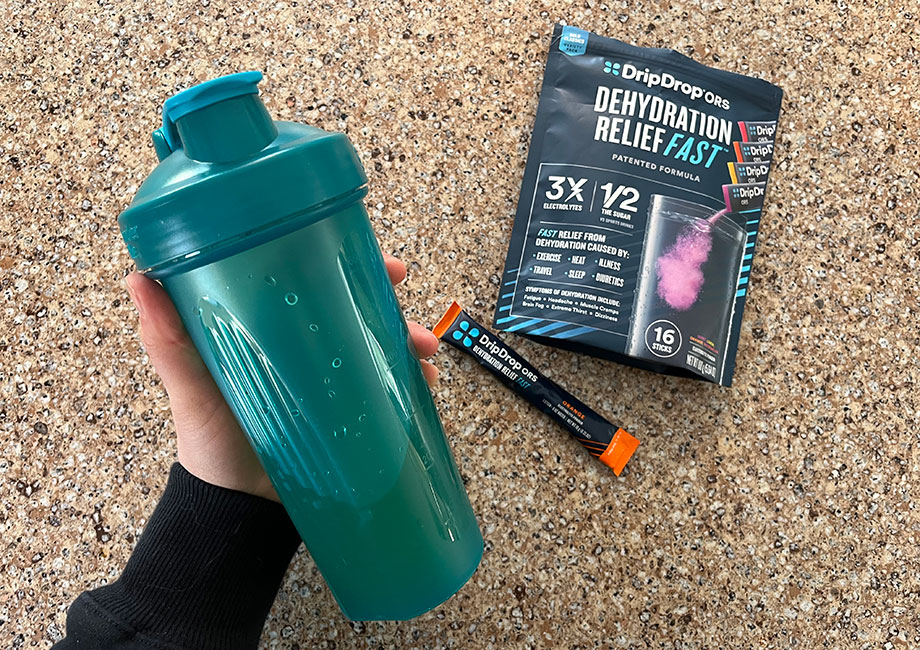
RELATED: Best Electrolyte Drinks for Hydration
“If your goal is a future race, fueling and hydrating during your long duration run eventually becomes dress rehearsal for race day. Proper nutrition to get through sessions helps your body and muscles recover effectively,” she says. Plus, “when your body is hydrated, it prevents muscle cramping, keeps your joints lubricated, regulates your body temperature, and allows it to function properly.”
Learn more about running fuel.
Avoid the Comparison Trap
When you’re starting to run, it may feel like everyone in the world is faster or more experienced than you. “Avoid the comparison game altogether because it will transcend beyond running and into your self-perception,” Alysha says. “You aren’t less worthy of being a runner because you haven’t run a 5K yet or your pace is slower. Stay focused on your own efforts and priorities as you train and embrace the bigger picture.”
“You are showing up for yourself in a big way when you lace up,” she adds. “In the future, you will look back and feel proud of where you started.”
How To Start Running: Final Thoughts
Starting a new fitness activity can feel daunting. But with a good pair of shoes, a solid training plan, and your favorite playlist, running is well within your reach.
- Don’t overcomplicate things. Running isn’t easy, but it’s quite simple when you get the hang of it.
- Stick to easy-effort runs in the beginning to build your aerobic base.
- Try not to worry over paces and distances. What matters is that you’re getting out there and putting one foot in front of the other.
- As you progress, you can start adding in higher-effort runs to build fitness.
- Include at least one strength training session per week to prevent injury and improve performance.
- Focus on consistency over perfection.
How To Start Running: FAQs
Finally, let’s cover some frequently asked questions about running as a beginner.
How do I start running with no experience?
The most important thing is to start, even if it’s only for a few minutes. Invest in quality running shoes and comfortable running clothes, pick your favorite podcast, and begin with slow, manageable efforts and build up over time. Running apps and programs such as Couch to 5K can help you get started, although hiring a running coach or personal trainer with expertise in running will help tremendously with long-term success.
RELATED: Couch to 5K Planning
Does running burn fat?
Fat loss is a complicated metabolic process, but—without diving too deep into the specifics—running can help with fat loss and weight loss. Running will increase your energy expenditure, placing you in a calorie deficit. That means your body burns more calories than you consume. Importantly, nutrition is a critical component of fat loss.
Learn about nutrition for fat loss.
How long should beginners run?
If you’re completely new to running, start with sessions of 10 to 30 minutes in length. Each time you head out, try to add one to five more minutes to your time.
How to breathe when running?
It’s important to maintain controlled breathing while running, even if you’re running hard. Try to breathe through your nose to keep the effort low when running at an easier pace. Additionally, breathe into your belly, not your chest, to maximize oxygen intake. Also, maintain a three- or four-count breath: count to four as you inhale and four again as you exhale.
References
- Folland JP, Allen SJ, Black MI, Handsaker JC, Forrester SE. Running Technique is an Important Component of Running Economy and Performance. Med Sci Sports Exerc. 2017;49(7):1412-1423. doi:10.1249/MSS.0000000000001245
- Pinckard K, Baskin KK, Stanford KI. Effects of Exercise to Improve Cardiovascular Health. Front Cardiovasc Med. 2019;6:69. Published 2019 Jun 4. doi:10.3389/fcvm.2019.00069
- Hespanhol Junior LC, Pillay JD, van Mechelen W, Verhagen E. Meta-Analyses of the Effects of Habitual Running on Indices of Health in Physically Inactive Adults. Sports Med. 2015;45(10):1455-1468. doi:10.1007/s40279-015-0359-y
- Kutac P, Bunc V, Buzga M, Krajcigr M, Sigmund M. The effect of regular running on body weight and fat tissue of individuals aged 18 to 65. J Physiol Anthropol. 2023;42(1):28. Published 2023 Nov 30. doi:10.1186/s40101-023-00348-x
- Pedisic Z, Shrestha N, Kovalchik S, et al. Is running associated with a lower risk of all-cause, cardiovascular and cancer mortality, and is the more the better? A systematic review and meta-analysis. British Journal of Sports Medicine 2020;54:898-905.
- Lee DC, Brellenthin AG, Thompson PD, Sui X, Lee IM, Lavie CJ. Running as a Key Lifestyle Medicine for Longevity. Prog Cardiovasc Dis. 2017;60(1):45-55. doi:10.1016/j.pcad.2017.03.005
- Gries KJ, Raue U, Perkins RK, et al. Cardiovascular and skeletal muscle health with lifelong exercise. J Appl Physiol (1985). 2018;125(5):1636-1645. doi:10.1152/japplphysiol.00174.2018
- Ransford, M. (2018, November 26). Study: Regular, lifelong exercise keeps the body young. Ball State University. https://www.bsu.edu/news/press-center/archives/2018/11/regular-exercise-keeps-the-body-young
- Kline CE. The bidirectional relationship between exercise and sleep: Implications for exercise adherence and sleep improvement. Am J Lifestyle Med. 2014;8(6):375-379. doi:10.1177/1559827614544437
- Stutz J, Eiholzer R, Spengler CM. Effects of Evening Exercise on Sleep in Healthy Participants: A Systematic Review and Meta-Analysis. Sports Med. 2019;49(2):269-287. doi:10.1007/s40279-018-1015-0
- Ponzio, Danielle Y. MD1,a; Syed, Usman Ali M. BS1; Purcell, Kelly BS1; Cooper, Alexus M. BS1; Maltenfort, Mitchell PhD1; Shaner, Julie MD1; Chen, Antonia F. MD, MBA1. Low Prevalence of Hip and Knee Arthritis in Active Marathon Runners. The Journal of Bone and Joint Surgery. 100(2):p 131-137, January 17, 2018. | DOI: 10.2106/JBJS.16.01071
- Horga LM, Henckel J, Fotiadou A, et al. Is the immediate effect of marathon running on novice runners’ knee joints sustained within 6 months after the run? A follow-up 3.0 T MRI study. Skeletal Radiol. 2020;49(8):1221-1229. doi:10.1007/s00256-020-03391-2
- Wittfeld K, Jochem C, Dörr M, et al. Cardiorespiratory Fitness and Gray Matter Volume in the Temporal, Frontal, and Cerebellar Regions in the General Population. Mayo Clin Proc. 2020;95(1):44-56. doi:10.1016/j.mayocp.2019.05.030
- Dinoff A, Herrmann N, Swardfager W, Lanctôt KL. The effect of acute exercise on blood concentrations of brain-derived neurotrophic factor in healthy adults: a meta-analysis. Eur J Neurosci. 2017;46(1):1635-1646. doi:10.1111/ejn.13603
- Herring A, Münster Y, Metzdorf J, et al. Late running is not too late against Alzheimer’s pathology. Neurobiol Dis. 2016;94:44-54. doi:10.1016/j.nbd.2016.06.003






